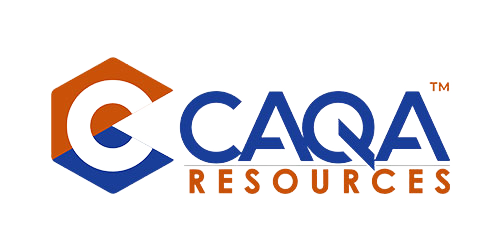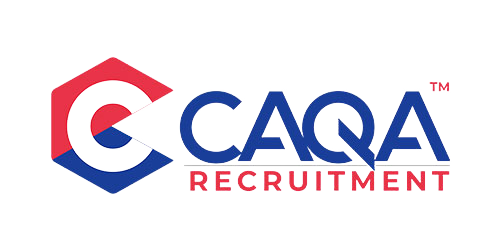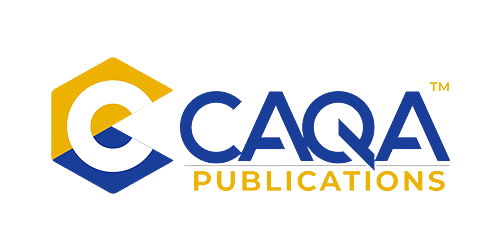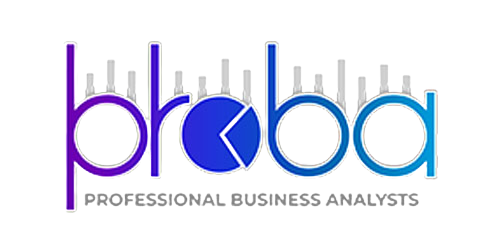In part two of this article, we dive deeper into the common audit mistakes that RTOs should avoid. This section addresses pitfalls such as over-reliance on cut-and-paste documentation, the danger of leaving auditors unattended with evidence, and how failing to ask questions or take audits seriously can lead to unnecessary issues. By addressing these additional mistakes, RTOs can improve their audit readiness and ensure that the audit process becomes a tool for continuous improvement rather than a stressful event.
In the first part of this article, we discussed several critical audit mistakes RTOs often make during audit preparation. These mistakes include creating false evidence, misaligning evidence with claims, and being defensive or combative with auditors. While these are important pitfalls to avoid, they are not the only challenges RTOs face during the audit process. There are additional common mistakes that can negatively impact the audit outcome.
The audit process is an opportunity for RTOs to reflect on their practices, improve operations, and ensure compliance with regulatory requirements. However, RTOs often make mistakes that compromise the audit process and can lead to audit delays, non-compliance findings, or even regulatory action. In this part of the article, we will explore other common audit mistakes that RTOs should be aware of to avoid unnecessary complications and ensure a smooth and successful audit.
1. Cut and Paste Syndrome: Relying on Generic Documentation
One common mistake RTOs make is using a “cut and paste” approach when preparing documentation for an audit. This happens when RTOs copy and paste generic content or previous responses from other documents or audits instead of tailoring the evidence to the specific requirements of the current audit. This practice can create misalignment between the evidence and the audit standards and can ultimately lead to compliance issues.
Why This is a Problem:
- Lack of relevance: Generic or copied content may not address the specific compliance requirements for the current audit, making it appear that the RTO is not fully compliant with the standards.
- Loss of credibility: If auditors identify that documents have been copied from previous audits or are not relevant to the specific context of the audit, it can give the impression that the RTO is not genuinely committed to the standards or continuous improvement.
- Failure to provide accurate evidence: Simply copying and pasting previous evidence does not demonstrate that the RTO’s practices are current or reflective of the actual delivery of training and assessment.
How to Avoid This Mistake:
- Tailor your documentation: Ensure that all evidence submitted is relevant and specific to the audit at hand. Customise your training and assessment strategies, student records, and other documents to reflect your current operations.
- Ensure up-to-date content: Review all documents and evidence for accuracy and relevance. For example, training materials should reflect the latest industry practices and trainer qualifications should be current.
- Be transparent: If there are areas that need improvement, be open about them. Auditors appreciate transparency and a genuine commitment to improving operations.
2. Leaving an Auditor Unattended with Evidence
One of the most common mistakes during an audit is leaving the auditor unattended with evidence without proper guidance. While it’s tempting to provide a large volume of evidence for auditors to sift through on their own, this approach can lead to misunderstandings, misinterpretations, or important evidence being overlooked.
Why This is a Problem:
- Lack of clarity: Without proper context, auditors may misinterpret evidence or miss key points that demonstrate compliance. This can lead to additional follow-up requests, delays, or even incorrect audit findings.
- Inefficiency: Auditors may waste valuable time going through documents without the necessary explanation or context, leading to inefficiencies that prolong the audit process and create frustration for both parties.
- Increased risk of non-compliance: If auditors overlook or misunderstand critical evidence, they may fail to identify compliance gaps, leaving the RTO vulnerable to audit failures or non-compliance findings.
How to Avoid This Mistake:
- Accompany evidence with clear explanations: Whenever possible, provide the auditor with an overview of the evidence and context for each piece. This will help them better understand how the evidence demonstrates compliance with the standards.
- Assign a point of contact: Designate a staff member who is familiar with the evidence to remain available throughout the audit to answer any questions or provide clarifications.
- Organise evidence systematically: Make sure that evidence is well-organised and clearly labelled, making it easy for the auditor to navigate and understand the relationship between documents and compliance requirements.
3. Not Asking Questions: Failing to Clarify the Audit Process
Another mistake RTOs often make is failing to ask questions or clarify any doubts they may have about the audit process. Whether it misunderstands the scope of the audit, the types of evidence required, or the audit timelines, failing to seek clarification can lead to confusion, unnecessary delays, or even non-compliance findings.
Why This is a Problem:
- Misunderstanding audit requirements: If RTOs don’t fully understand what auditors are looking for or how specific standards should be applied, it can lead to confusion and incorrect responses during the audit.
- Failure to provide necessary evidence: Not asking for clarification can result in the RTO failing to provide crucial evidence or documentation that auditors are expecting, which can lead to compliance issues.
- Missed opportunities for improvement: Auditors may provide valuable feedback on processes or areas for improvement, and if RTOs don’t ask questions or engage with the auditor, they may miss the opportunity to improve their systems.
How to Avoid This Mistake:
- Be proactive in seeking clarification: If something is unclear, ask the auditor for clarification. Whether it's about the scope of the audit, specific evidence requirements, or how certain standards apply, asking questions will help ensure that you provide the right information.
- Engage with the auditor: Don’t hesitate to engage with the auditor throughout the process. If you're uncertain about any aspect of the audit, raise your concerns and ask for guidance.
4. Making It About the Form, Not the Content or Process
In some cases, RTOs focus too heavily on completing the forms and templates required for the audit rather than addressing the substance of the process. While submitting the necessary documentation is important, it’s more important to ensure that the content of that documentation accurately reflects the RTO’s actual practices and processes.
Why This is a Problem:
- Compliance for the sake of compliance: If RTOs are only focused on completing forms or templates to meet audit requirements, they may miss the larger picture of actually improving processes, student outcomes, and compliance over the long term.
- Superficial documentation: RTOs may provide “cookie-cutter” documents that meet the formality of the audit but fail to reflect the actual quality of their practices or demonstrate genuine compliance.
- Failure to engage in continuous improvement: The audit process should be an opportunity to evaluate and refine operational practices. Focusing on templates instead of substantive processes can hinder efforts for ongoing improvement.
How to Avoid This Mistake:
- Focus on content: Prioritise the substance and quality of the evidence provided. Ensure that the documentation reflects the actual practices of the RTO and aligns with the regulatory requirements.
- Consider the process: Instead of just completing forms, take the time to assess and improve the processes within your RTO. The goal should be to use the audit as a tool for continuous improvement, not just for checking off boxes.
5. Taking It Too Lightly: Treating the Audit as a Minor Interruption
Some RTOs mistakenly treat audits as minor interruptions, thinking that they can handle the audit with minimal preparation. This approach can result in poor outcomes and create unnecessary stress for both the RTO and the auditor.
Why This is a Problem:
- Lack of thorough preparation: Taking the audit lightly can result in inadequate preparation, leading to missing documents, unclear evidence, or untrained staff.
- Missed opportunities for improvement: Treating audits as unimportant can prevent RTOs from fully engaging with the process and addressing gaps in their operations that could improve quality and compliance.
- Negative audit outcomes: An unprepared or disorganised RTO is more likely to fail the audit or receive recommendations for corrective action, which can damage the RTO’s reputation.
How to Avoid This Mistake:
- Take audits seriously: Treat the audit process with the respect it deserves. Allocate time and resources to ensure that the RTO is fully prepared and that all evidence is accurate, complete, and relevant.
- Engage in proactive improvements: View the audit as an opportunity to reflect on and improve your RTO’s systems and practices. Addressing gaps in compliance before the audit can demonstrate your commitment to quality training and continuous improvement.
Preparing for Success
Audit readiness is a crucial aspect of maintaining compliance and delivering high-quality training in an RTO. By avoiding common audit mistakes—such as relying on generic documentation, misaligning evidence with claims, and failing to engage properly with the auditor—RTOs can improve the audit experience and achieve better outcomes. The audit process should be viewed as an opportunity for growth, reflection, and continuous improvement.
By being proactive in preparing, asking questions when needed, and focusing on content and processes rather than simply filling out forms, RTOs can ensure that they are audit-ready and positioned for long-term success.


































